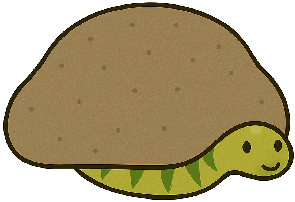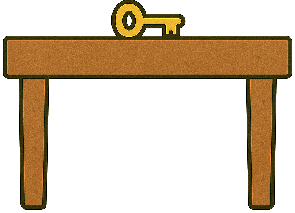Coordinate Geometry
Position
Finding Positions
Exercise

The snake is the rock.
The snake is under the rock because it is hiding beneath it.
Exercise

The worm is the apple.
The worm is in the apple because it is inside it.
Exercise

The key is the table.
The key is on the table because it is sitting on top of it.
Exercise

A girl is the car.
The girl is in the car because she is inside it.
Exercise
Dust is the carpet.
Dust is under the carpet because it is hiding beneath it.
Exercise

A book is the shelf.
The book is on the shelf because it is sitting on top of it.
Four Directions
Finding Direction in the Bedroom
Exercise

The cat is the dog.
The cat is to the right of the dog because it is on the right side.
Exercise

The dog is the shelf.
The dog is below the shelf because it is lower down.
Exercise

The boy is the windows.
The boy is to the left of the windows because he is on the left side.
Exercise

The bedside lamp is the cat.
The bedside lamp is above the cat because it is higher up.
Finding Direction in the Classroom
Exercise

The cat is the dog.
The cat is to the left of the dog because it is on the left side.
Exercise

The fish is the kid on the left.
The fish is above the kid on the left because it is higher up.
Exercise

The teacher is the dog.
The teacher is to the right of the dog because she is on the right side.
Exercise

The kid on the right is the windows.
The kid on the right is below the windows because he is lower down.
Four Movements
Moving a Car Forward or Backward on a Grid
Exercise
 to
to  .
.
The car moves 2 spaces forward.
Exercise
 to
to  .
.
The car moves 1 space forward.
Exercise
 to
to  .
.
The car moves 2 spaces backward.
Exercise
 to
to  .
.
The car moves 1 space backward.
Turning Car On a Grid
Exercise
 to
to  .
.
The car turns left.
Exercise
 to
to  .
.
The car turns left.
Exercise
 to
to  .
.
The car turns right.
Exercise
 to
to  .
.
The car turns right.